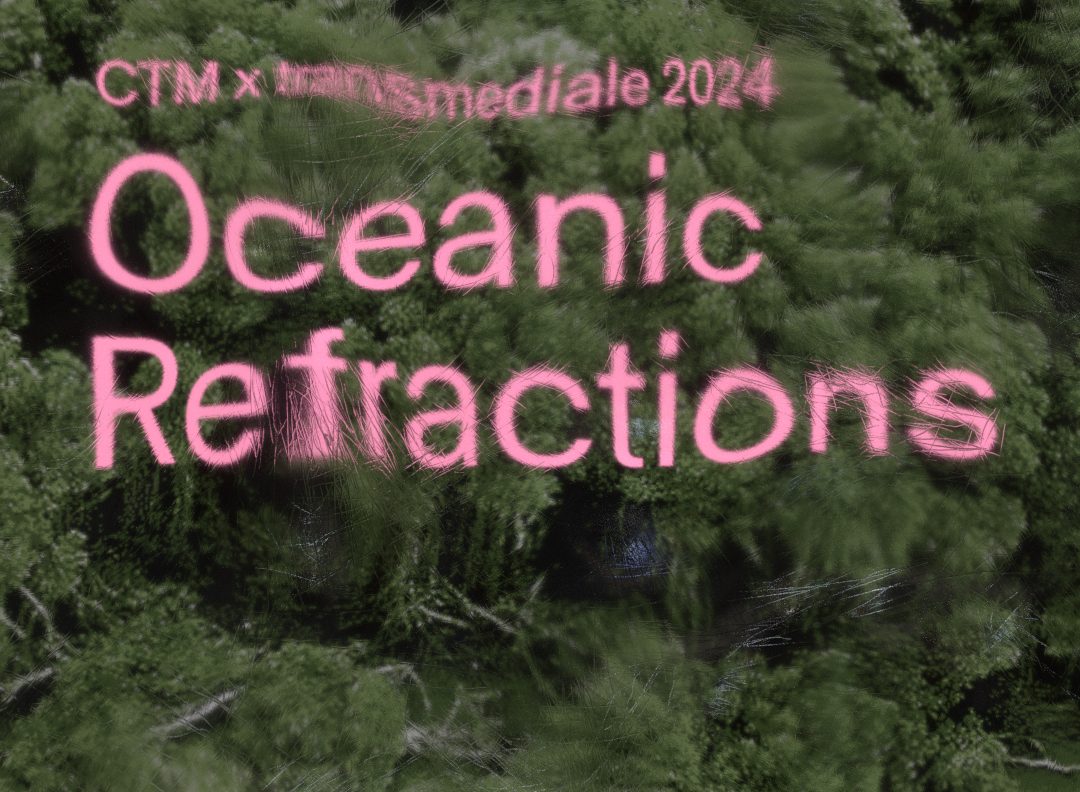Mere Nailatikau and Amer Kanngieser Unveil Immersive Exhibition Blending Art and Environmental Activism
In a captivating intersection of art, environmental awareness, and cultural storytelling, Mere Nailatikau and Amer Kanngieser are set to launch their groundbreaking exhibition, “Oceanic Refractions.”
The exhibition, which originated from a serendipitous encounter in Suva five years ago, promises a unique sensory experience that delves into the Pacific’s environmental challenges through the lens of indigenous voices.
The concept of “Oceanic Refractions” was conceived during a collaborative audio storytelling workshop at the University of the South Pacific.
Mere, with a background in communications for aid and development programs, and Amer, a sound artist and researcher, shared a passion for exploring untold stories from the Pacific region through the medium of audio.
“I’ve always been interested in audio storytelling. I had worked in radio before and had really kind of loved listening to audio stories, whether through podcasts or other mediums and was really looking at exploring that as a space for being able to tell stories,” Nailatikau reflected.
Their initial collaboration resulted in “Listening Across Fault Lines,” a three-part radio series aired on Deutschland radio, Germany’s national radio station.
That project marked the beginning of a long-term exploration into the rich tapestry of environmental responses in Oceania.
As the collaboration expanded, so did the scope of their work. “Oceanic Refractions” evolved into an immersive artwork that blends audio content from “Listening Across Fault Lines” with extensive sound compositions, 360-degree videography, kinetic settings, and other sensory elements.
The exhibition aims to transport audiences into the heart of Oceania, allowing them to experience the region’s environmental challenges first-hand.
Amer Kanngieser describes the project’s evolution: “Oceanic Refractions really came from very long process of collaboration and thinking through sound works to talk about environmental situations in Oceania and people’s responses to that over many, many years.”
The collaborative nature of the project extends across borders and time zones, involving artists and collaborators from Fiji, Australia, Germany, Kenya, and Ireland.
Nailatikau and Kanngieser’s team worked together to create an experience that not only captures the essence of Oceania but also resonates with global audiences.
The exhibition features testimonials from Fiji, Kiribati, and Papua New Guinea, highlighting the diverse perspectives within the Pacific.
Nailatikau emphasises the importance of approaching the work with humility and openness, acknowledging that no single project can fully represent the entire region’s richness.
“The project also integrates an advisory group comprising individuals from PNG, Fiji, the Autonomous Region of Bougainville, and Australia,” she said.
“This group plays a crucial role in guiding the project and ensuring that it remains accountable to the communities it represents.”
Looking beyond the exhibition’s launch in Germany, Nailatikau and Kanngieser have ambitious plans to bring “Oceanic Refractions” back to the Pacific in 2024.
They envision establishing a trust that will redistribute resources generated by the project back to Pacific communities, supporting initiatives, and engaging in skill-building workshops.
Reflecting on the collaborative process, Kanngieser says, “I think really the message that, you know, as so many people kind of said, we are all interconnected, we all live on this same earth together. What is happening in one place will happen somewhere else as well.”
As the immersive exhibition gears up for its launch, Nailatikau and Kanngieser emphasise the importance of listening – not only to the stories of the Pacific but to nature itself.
They hope that “Oceanic Refractions” serves as a reminder of the interconnectedness of humanity and the urgent need for collective action in the face of the climate crisis.
“Oceanic Refractions” emerges as a beacon of hope, encouraging audiences to listen, learn, and act in harmony with nature.
“We are a small part of the whole, and we are very much part of nature,” said Nailatikau.
For Nailatikau and Kanngieser, the exhibition is poised to make waves, not just in the art world but in sparking meaningful conversations about environmental justice and collective responsibility on a global scale.
The exhibition will take place on January 26 – February 4, 2024 at the Silent Green Kuppelhalle in Berlin, Germany.
